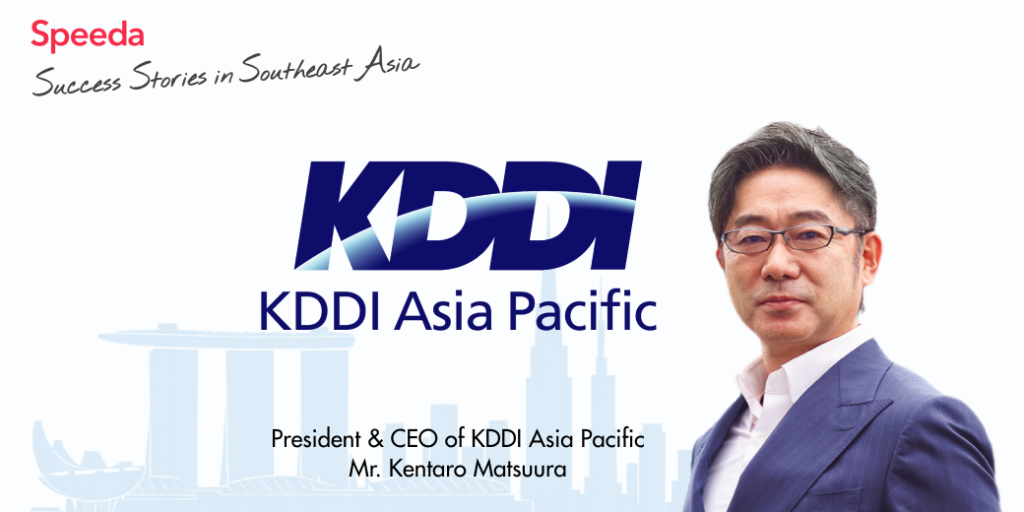Resource Center
Valuing Potential Targets: 4 Approaches for PE and M&A

Summary
Valuation lies at the heart of every successful M&A transaction. Discover the 4 methods that provide a framework for determining the value of target companies.
The Role of Valuation in Southeast Asia’s M&A Landscape
Despite the downbeat feeling surrounding the global M&A landscape and low levels of big-ticket deals in Southeast Asia over the past several quarters, the region shows considerable M&A potential and is increasingly attracting investor attention.
According to the International Monetary Fund’s most recent economic forecasts, “emerging and developing Asia” is poised to grow by 4.8 percent this 2024, exceeding the global estimate of 2.9 percent. The Southeast Asian region, comprising ten countries—Singapore, Malaysia, Indonesia, Cambodia, Brunei, Laos, Myanmar, Vietnam, Thailand, and the Philippines—closed 598 M&A deals totalling US$61.3 billion combined in the first three quarters of 2023. Singapore generated the lion’s share of this activity, followed by the Philippines and Indonesia.
Valuation lies at the heart of all these successful M&A transactions since it provides a framework to determine the worth of potential acquisition targets. This critical component verifies the value of another company to dictate the terms of a potential deal and, more importantly, establish whether it is the right decision to go through with it in the first place. Moreover, it is common for robust valuation practices to commence with extensive target screening. This process ensures that the selected acquisition targets align strategically and financially with the overarching goals of the acquiring entity.
The importance of robust valuations is more so highlighted in the private equity fund industry, where written and independent valuation for assessing the value of portfolios is rising in demand. This does not mean that PE firms lack the necessary skills in-house to conduct their own valuations, but rather, investors see the value of having an independent party ensure extra assurance, greater consistency, and better transparency in portfolio company valuations. Beyond that, this trend is partly driven by increased regulation and oversight.
Multiple factors influence valuation. It not only involves studying balance sheets or assessing net assets but also evaluating a target’s future cash flows and growth potential. Different companies use different valuation techniques based on their unique circumstances.
All relevant factors of each business asset and its investment merits must be thoroughly considered during the valuation process, and the following methods are what many investment companies throughout the financial industry typically use in their processes.
Approach 1. Valuation Multiples
Valuation multiples are ratios that compare a target business to its peers operating in the same sector and estimate a company’s fair value based on the valuation of comparable businesses. There are different types of multiples, each appropriate for a given industry and business model. These include enterprise-value-to-EBITDA, price-to-sales, price-to-earnings, and more.
Leveraging valuation multiples brings standardisation when performing valuations on different organisations from the same industry since it offers reference points. While the valuation multiples are simple and easy to apply, they have limitations, mainly their use of historical (and often obsolete) data and lack of consideration for future developments in market conditions and potential growth. Moreover, finding suitable companies for comparison is often easier said than done, particularly in niche industries or markets with various business models. One of Speeda’s key strengths, as a company data and research platform, lies in its extensive coverage of SMEs in ASEAN and a robust database with filters tailored to identify companies within these niche sectors. This capability empowers Speeda to offer comprehensive insights and facilitate effective comparisons within specialised markets.
Approach 2. Net Asset Value
The NAV method, which calculates the value of a potential target according to the difference between its liabilities and total assets, is most suited for valuations involving companies with a large number of natural resources, real estate and other types of tangible assets. Computing a company’s NAV is rather straightforward, as this financial information can be found via desktop research. However, using industry data platforms where you can filter down the information you require will allow you to complete the searching process more efficiently. That said, it is not the best method for valuing service-based or high-growth businesses that do not have many tangible assets. Lastly, the NAV method assumes that assets and liabilities are declared at fair market value and just like valuation multiples, it also does not consider future market changes or potential growth.
Approach 3. Discounted Cash Flow
DCF analysis is a concept that bases a company’s value on the current value of its future cash flow. Estimating this value using the DCF method starts by forecasting future cash flows, followed by discounting them to present times via a suitable discount rate.
The key advantage of DCF analysis is that it considers a target’s prospects for future growth along with changes in the market. In addition, it can predict a company’s value with greater accuracy than multiples since it is derived from the target’s cash flow projections. The downside to DCF, however, is the difficulties associated with its application and use of subjective assumptions about projected growth rates, discount rates, and cash flows. Even minor differences in these conjectures may significantly affect the final valuation.
Approach 4. Fairness Opinions
Fairness opinions are assessments made by another party regarding the terms of an acquisition to verify the fairness of the transaction according to all shareholders involved. Independent valuation firms, advisory firms, and investment banks generally issue these opinions. Their significance is pivotal in transactions because they serve as an impartial assessment of the fairness of a proposed deal. Moreover, it keeps legal disputes from breaking out among the parties involved and can help protect the board of directors responsible for decision-making against the risk of litigation by shareholders.
The weakness of fairness opinions is that they do not take into account the potential implications of the transaction on the overall business or any strategic aspects like in previous methods. Hence, this method should not be utilised as the sole basis for making the final decision on transactions but rather in conjunction with other valuation techniques to reach a thorough understanding of a transaction’s merits.
Completing the M&A Puzzle: The Role of Valuation and Technology
Mergers and acquisitions come with various challenges and risks that warrant careful assessment. This is where valuation methods come in as a key piece that helps complete the overall puzzle of an M&A transaction. As technology evolves, the M&A process will inevitably change as it becomes more streamlined and efficient thanks to new advancements.
A prime example driving this transformation is Speeda, the leading business intelligence research platform with comprehensive coverage of Private Company information for ASEAN countries such as Singapore and Malaysia. Access all the market intelligence you need at your fingertips and expedite your research work so you can always be one step ahead of the competition.
Start your 7-day free trial today or contact us to learn more about how Speeda helps you take the first big step towards smarter decision-making.



























